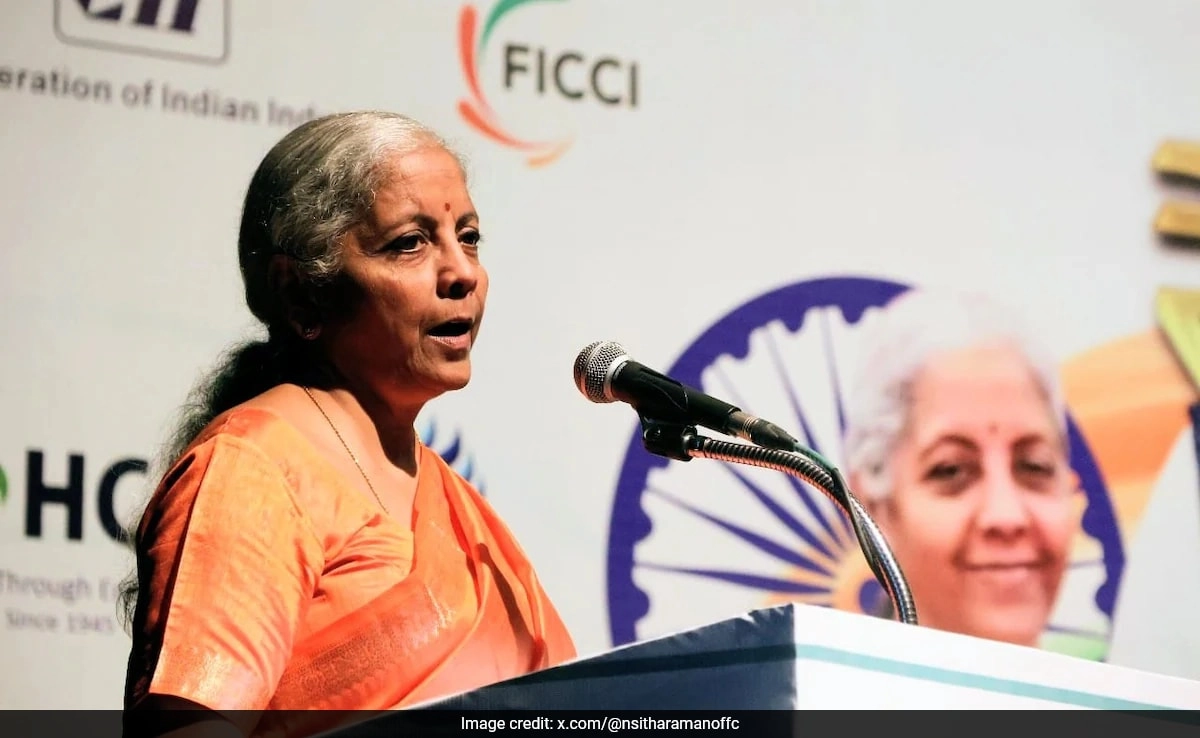Uttarkashi, a picturesque town in the Indian state of Uttarakhand, is often regarded as a disaster hotspot due to its unique geographical and environmental characteristics. Nestled in the heart of the Himalayas, Uttarkashi is surrounded by steep mountains and valleys, which contribute to its breathtaking landscapes but also pose significant risks. The region is prone to various natural disasters, including landslides, earthquakes, and flash floods. These phenomena are primarily driven by the area’s geology, which consists of fragile rock formations and unstable soil. The steep slopes increase the likelihood of landslides, especially during the monsoon season when heavy rainfall saturates the ground.
Another critical factor contributing to Uttarkashi’s vulnerability is the rapid melting of glaciers due to climate change. The region is home to several major glaciers, and as global temperatures rise, these glaciers are retreating at an alarming rate. This melting leads to an increase in water flow in rivers, which can result in catastrophic flooding, particularly in the lower valleys. Additionally, the sudden release of glacial lake water can trigger glacial lake outburst floods (GLOFs), posing further risks to communities downstream. The combination of these geological and climatic factors, along with the region’s fragile infrastructure, makes Uttarkashi highly susceptible to disasters.
Urbanization and deforestation also exacerbate the disaster risk in Uttarkashi. As the population grows and more people migrate to the area for its beauty and potential economic opportunities, the pressure on natural resources intensifies. Construction activities often disrupt the natural landscape, removing vegetation that stabilizes the soil and provides a buffer against landslides. Deforestation not only increases the risk of soil erosion but also diminishes the region’s ability to manage rainfall effectively, leading to increased flooding. Furthermore, inadequate urban planning and building regulations have resulted in poorly constructed structures that are ill-equipped to withstand natural disasters.
To mitigate these risks, it is essential for local authorities and communities to adopt sustainable practices and invest in disaster preparedness. This includes implementing better land-use planning, reinforcing infrastructure, and restoring natural vegetation to enhance soil stability. Public awareness campaigns can educate residents about the risks and encourage them to take proactive measures in their homes and communities. By fostering a culture of preparedness and resilience, Uttarkashi can better navigate the challenges posed by its geographical vulnerabilities and work towards a safer future for its residents.




